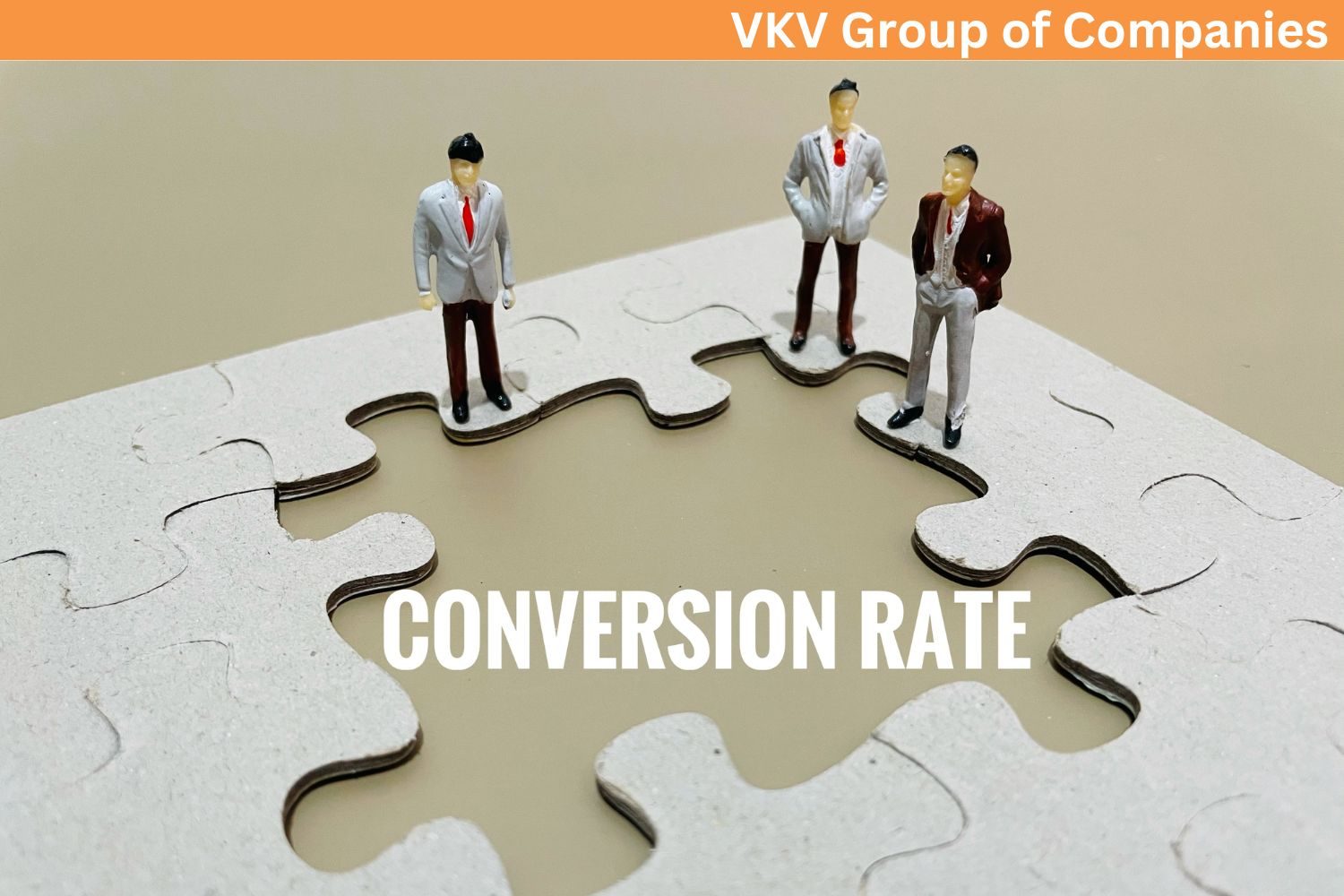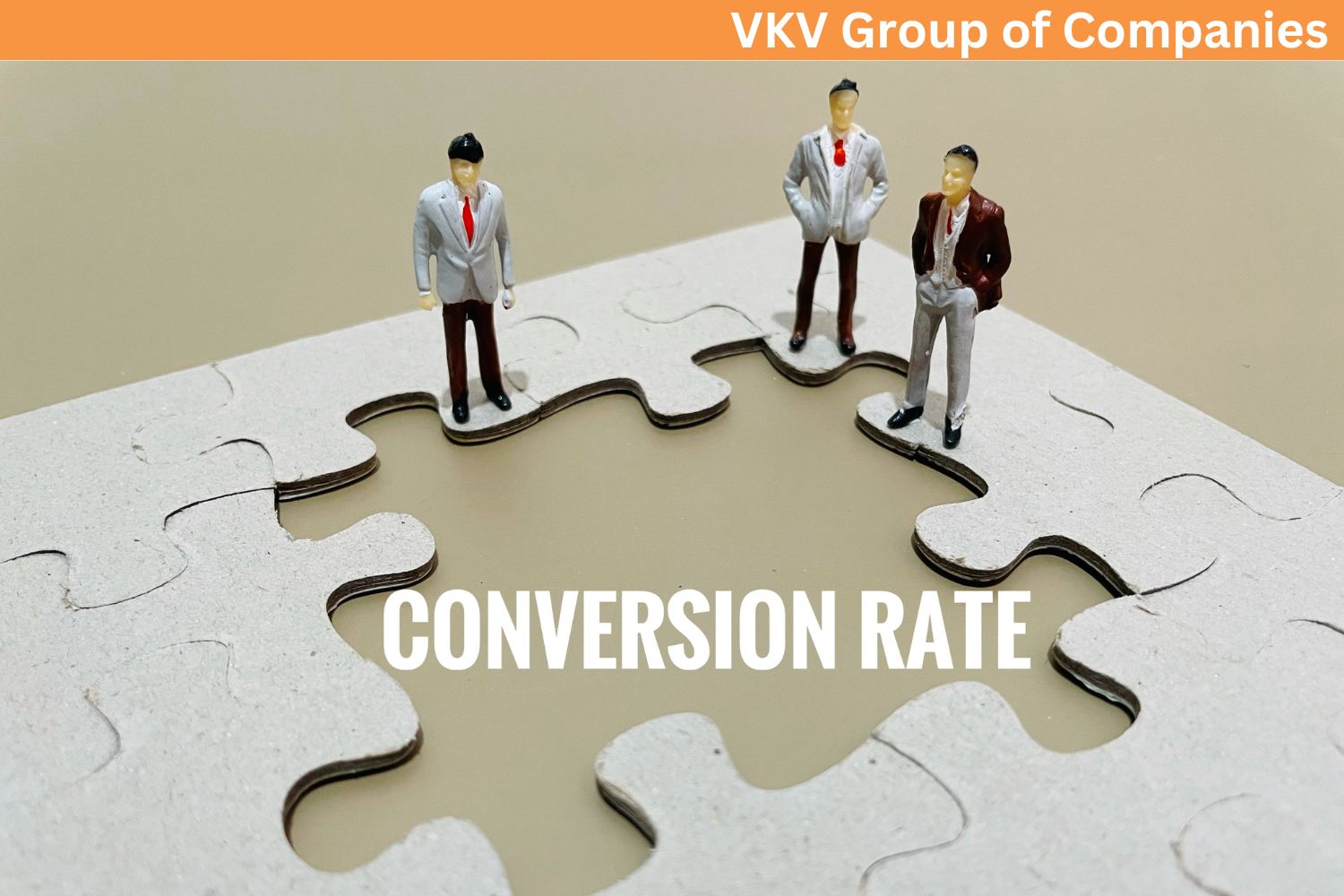
Increase the effectiveness of your digital efforts with CRO
The purpose of conversion rate optimization (CRO) is to increase the proportion of website visitors that complete desired actions, such as purchasing something, completing a form, signing up for a newsletter, or completing any other conversion goal.
Below are the key steps and strategies involved in Conversion Rate Optimization:
1. Define Clear Conversion Goals
- Identify specific actions you want visitors to take on your website. This could be making a purchase, subscribing to a newsletter, requesting a demo, etc.
2. Conduct User Research
- Understand your target audience's needs, preferences, and pain points. Use tools like surveys, user interviews, and heatmaps to gather insights.
3. Analyze Website Analytics
- Study user behavior data to identify bottlenecks, high bounce rates, and pages with low conversion rates.
4. A/B Testing
- Experiment with different variations of a webpage (A and B) to determine which version leads to higher conversions. Test elements like headlines, CTAs, layouts, and visuals.
5. Multivariate Testing
- Test multiple elements simultaneously to understand how they interact with each other and impact conversions.
6. Optimize Landing Pages
- Ensure that landing pages are relevant, clear, and focused on a specific conversion goal. Remove distractions that might divert attention.
7. Improve Page Load Speed
- Fast-loading pages reduce bounce rates and improve user experience, which can positively impact conversion rates.
8. Create Compelling Call-to-Actions (CTAs)
- Design CTAs that are clear, persuasive, and prominently displayed. Use action-oriented language.
9. Simplify Forms
- Minimize the number of form fields to reduce friction. Only ask for essential information needed for the conversion.
10. Build Trust and Credibility
- Display trust signals like customer reviews, testimonials, security badges, and certifications to instill confidence in visitors.
11. Provide Clear Value Propositions
- Clearly communicate the benefits and value that visitors will receive by taking the desired action.
12. Use Persuasive Copy and Visuals
- Craft compelling headlines, persuasive copy, and use high-quality visuals to engage and persuade visitors.
13. Segment and Personalize Content
- Tailor content to specific audience segments based on their interests, behavior, and preferences.
14. Implement Exit-Intent Pop-ups
- Use pop-ups that trigger when a visitor is about to leave the page. Offer special promotions, discounts, or content to entice them to stay.
15. Mobile Optimization
- Ensure that your website is mobile-friendly and provides a seamless experience on all devices.
16. Use Social Proof
- Display social proof elements like customer testimonials, user-generated content, and case studies to build credibility.
17. Monitor and Analyze Results
- Continuously track the performance of your CRO efforts. Pay attention to key metrics like conversion rate, bounce rate, and click-through rate.
18. Iterate and Test Continuously
- CRO is an ongoing process. Continuously test new ideas, analyze results, and implement improvements to further optimize conversions.






















